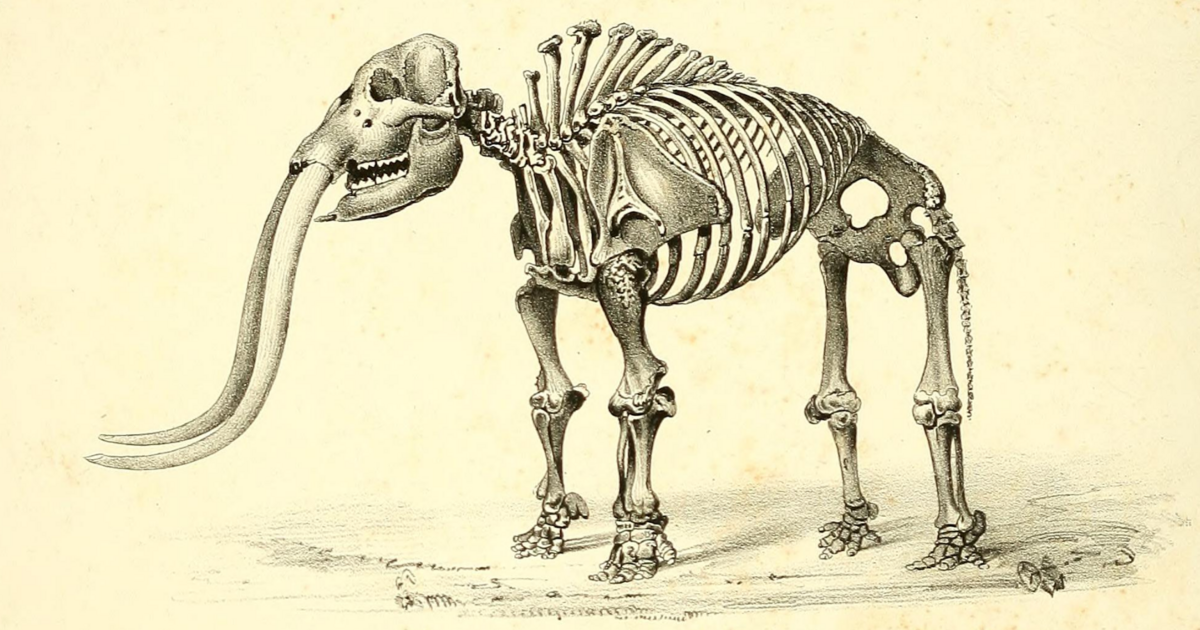Recent searches
Search options
From the "things I'd love to use" file:
Does anyone know of a website where you can find centers of origin for plant species as well as what the original growing conditions there were (geology, soils, sun/shade, humidity, temp)? #Botany @plantscience
@ml the closest I know of is the NY Botanical Garden digital herbarium site https://www.nybg.org/plant-research-and-conservation/collections-resources/virtual-herbarium/
@kellyromanych Thanks. I'll take a look.
@ml Kew’s Plants of the world is the closest thing I know about of https://powo.science.kew.org/
@sejarnold @ml how did I forget about pfaf?!
@wormerama This is totally off-topic but your coffee shop looks so cool and also I am so excited that you are excited about what happens nature-wise and wildlife-wise on abandoned colliery spoil and other former industrial/brownfield sites cos I love that sort of thing!
@sejarnold Thanks! Abandoned post-industrial sites are fascinating for wildlife. I’m going to visit a working cement plant tomorrow to hear about their plans for managed rewilding after they close (not for 20 years though!). It’d be interesting to see how that compares to natural regeneration of abandoned sites
@wormerama That sounds fantastic! Tower Hamlets Cemetery Park used to swear by crushed concrete as a substrate to promote natural regeneration - because it's alkaline and low-nutrient, dumping it on top of nettles was a fast way to provide a starting point not totally dissimilar to bare chalk, and enabled them to get some cool chalk-loving plants going. Gravels, spoil-heaps and that sort of thing do seem to offer those marginal habitats!
@sejarnold @wormerama Thanks. PFAF is cool, but not the map-based thing I was thinking about.
@ml @wormerama Are you sort of looking for a GBIF-PFAF-POWO hybrid thing? It does sound like a tool that if it doesn't already exist, perhaps should!
@sejarnold It's pretty much as I described in the original toot. Map-oriented with ability to see that info about a center of origin whether via browsing the map or by searching on the species name. Layers of info.
I'm nearly 100% sure it doesn't exist. I'm just thinking that it should.
@Rhyothemis Thanks. I'm thinking of something that works like a global map so you can search if you know what you are looking for, but you can also browse the map.
A common mullein? I do, too.
I bought seeds, but was unsuccessful sprouting them - despite it being an invasive.
There weren't many in the seed packet .
Not the plant, the map.
I'd like one that I can input a plant, see where it's native, cultivated, threatened/endangered, and where it's a nuisance/invasive.
Or select a place and some categories and get plants matching those criteria.
I'd love to be able to put in a location, and search for all viable legume summer cover crops that encourage pollinators.
All that data exists on the Internet somewhere. It's actually a good, achievable AI product, that would be a massive social good.
Instead we get a broken LLM answer machine.
@Rhyothemis Thanks. Very useful site and definitely closer to what I was proposing. Unfortunately, it's missing data for major crop species like Prunus amygdalus and I suspect the "resident" data as to range doesn't really narrow down to its center of origin for species that have been carried far & naturalized like Malus domestica, Ceratonia siliqua.
But very cool site. Thanks for letting me know about it!
@bstacey Thanks. Plants of the World Online is great and I was excited when it came out, but I was talking about a map interface so that one can browse locations and find centers of origin in addition to searching by plant species name.
@ml Ah, OK. That makes sense and would indeed be very nice to have.

